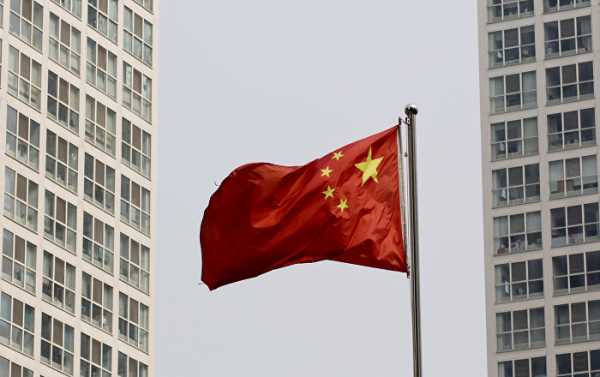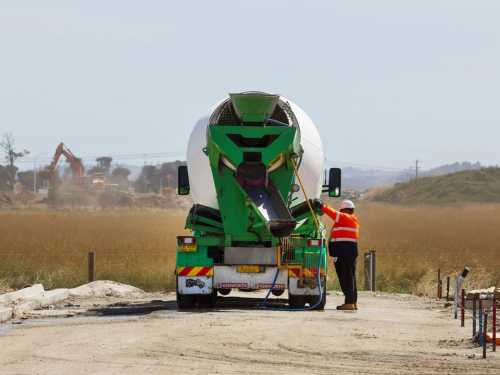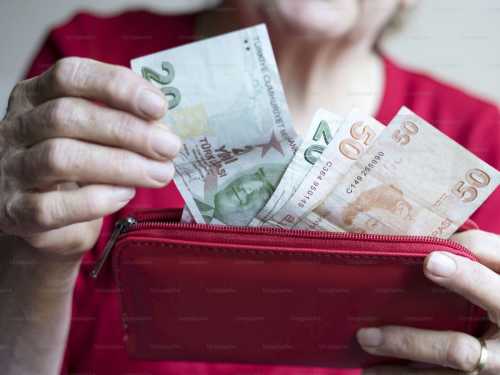
China’s consumer and factory-gate prices have both declined in November, stirring concerns of a possible further economic slowdown, but the report came in not without a silver lining – the nation’s food security doesn’t appear to have been affected by heightened trade tensions so far.
Kristian Rouz — A new report from the Chinese government shows the nation’s consumer and factory-gate prices slowed last month amid a cooler domestic demand, faltering economic reforms, and overseas risks. However, the overall pace of economic expansion appeared to remain above 6 percent year-on-year, with the government in Beijing hoping for an acceleration next year.
According to China’s National Bureau of Statistics (NBS), foods prices slumped in November, dragging on overall consumer inflation, which slowed to 2.2 percent year-on-year. This is compared to consumer prices index (CPI) of 2.5 percent in October.
The same report found China’s producer prices index (PPI), or factory-gate inflation, rose 2.7 percent year-on-year in November — its slowest since October 2016 and a slowdown from the PPI of 3.3 percent this past October. This measure includes gains in cost of goods and services provided by Chinese enterprises.
Meanwhile, CPI excluding food came in at 2.1 percent last month compared to 2.4 percent in October.
The Chinese government’s inflation target is set at 3 percent — which is 1 percent higher than inflation targets set by the majority of advanced nations’ central banks, including the US Federal Reserve and the Bank of England.
For its part, Beijing’s People’s Bank of China (PBOC), is now seen as facing pressure to provide additional stimulus to the economy, either in the form of yet another cut to commercial bank Reserve Requirements Ratio (RRR), or lower benchmark interest rates.
Meanwhile, the cooling inflation has sparked concerns of a possible further slowdown of the Chinese economy. Some economists say the nation’s GDP growth could slow to below 6 percent per year as soon as in 2019. ‘
However, the Chinese government believes otherwise, but Beijing’s high level of debt — standing at roughly 300 percent of GDP, according to some estimates — add to the lingering fears.
“China’s problems are chronic, not acute,” Derek Scissors of the American Enterprise Institute in Washington DC said. “Old, indebted economies don’t grow.”
Indeed, over the past decade, the Chinese economy has been highly reliant on exports in manufactured goods, as well as elevated levels of borrowing by both the private-sector and state-owned enterprises.
This debt-fuelled model appeared to have exhausted its stimulative potential as early as 2015, but the government in Beijing has only gradually been undertaking the reforms to support consumer demand at home as the new driver of economic growth.
“China’s growth has been highly credit intensive,” Gerard Burg of National Australia Bank in Sydney said.
The NBS also reported that China’s factory-gate inflation shed 0.2 percent on a monthly basis — a potentially alarming development, reflecting a slight decline in China’s exports and a softer growth in industrial profits.
Some experts say this could be a result of the elevated trade tensions with the US, while others point to the mounting structural inefficiency of exports-reliant economic models. For example, Japan is facing similar challenges to that of China. However, Tokyo has reportedly higher chances at striking lucrative trade and investment deals with other advanced economies.
China’s consumer inflation fell 0.3 percent on a monthly basis. Despite raising some concern over GDP growth prospects, this slowdown has alleviated some fears over China’s food security.
Over the past few months some observers have said China’s retaliatory tariffs against US soybeans and other agricultural goods could drive Beijing’s food prices — but these fears apparently have yet to materialise.
While the trade truce between China and the US is expected to last for the entirety of the upcoming tthree months, the Chinese government is widely expected to announce additional measures to support GDP growth in the coming weeks.
Sourse: sputniknews.com






